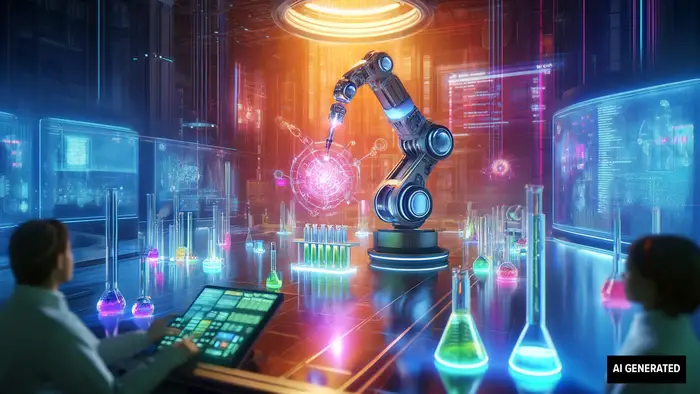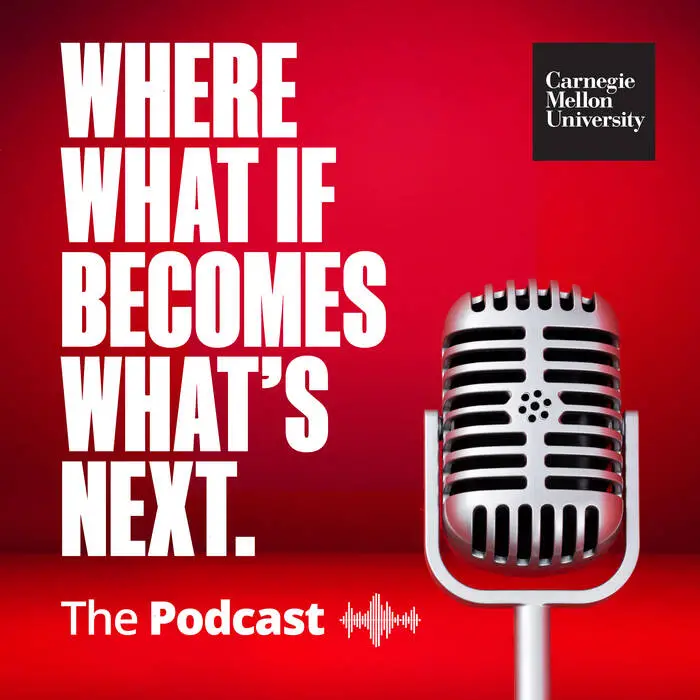Episode 5 | April 25, 2024
Automated Science
What if researchers could run thousands of experiments all at the same time to solve some of the world's greatest problems — like sickle cell anemia, Alzheimer’s or cancer? We take you inside what's next for scientific research — automated science.
Automated science is where AI and hands-on robotic experiments power automated research and self-driving labs, while pushing the boundaries of science altogether. Automated science represents a new way to speed up the scientific research that could lead to the discovery of new therapeutic drugs and find answers to questions about disease and DNA. By taking on the tedious task of replicating and sequencing experiments while working 24/7, automated science and self-driving labs allow researchers to spend more time on the important stuff — analyzing conclusions, searching for breakthroughs and designing new experiments. These self-driving labs can be operated remotely by researchers around the country or around the world. They allow for more collaboration and data-sharing among researchers, while providing access to sophisticated lab equipment and processes for those scientists who may have limited resources.
However, automated science doesn’t come without risks. With data and experiments being stored and run in the cloud, there are dangers of hacking and bad actors hijacking or corrupting self-driving labs. And there are ethical questions as to whom should have access to automated science, and which kinds of experiments should be allowed in the cloud.
Join guests Subha Das, an associate professor in chemistry, and Andreas Pfenning, an associate professor in the Ray and Stephanie Lane Department of Computational Biology, both at Carnegie Mellon University.
| Never miss an episode! Subscribe to WHERE WHAT IF BECOMES WHAT’S NEXT on Spotify(opens in new window), Apple Podcasts(opens in new window), YouTube Music(opens in new window) or wherever you listen to podcasts. |

